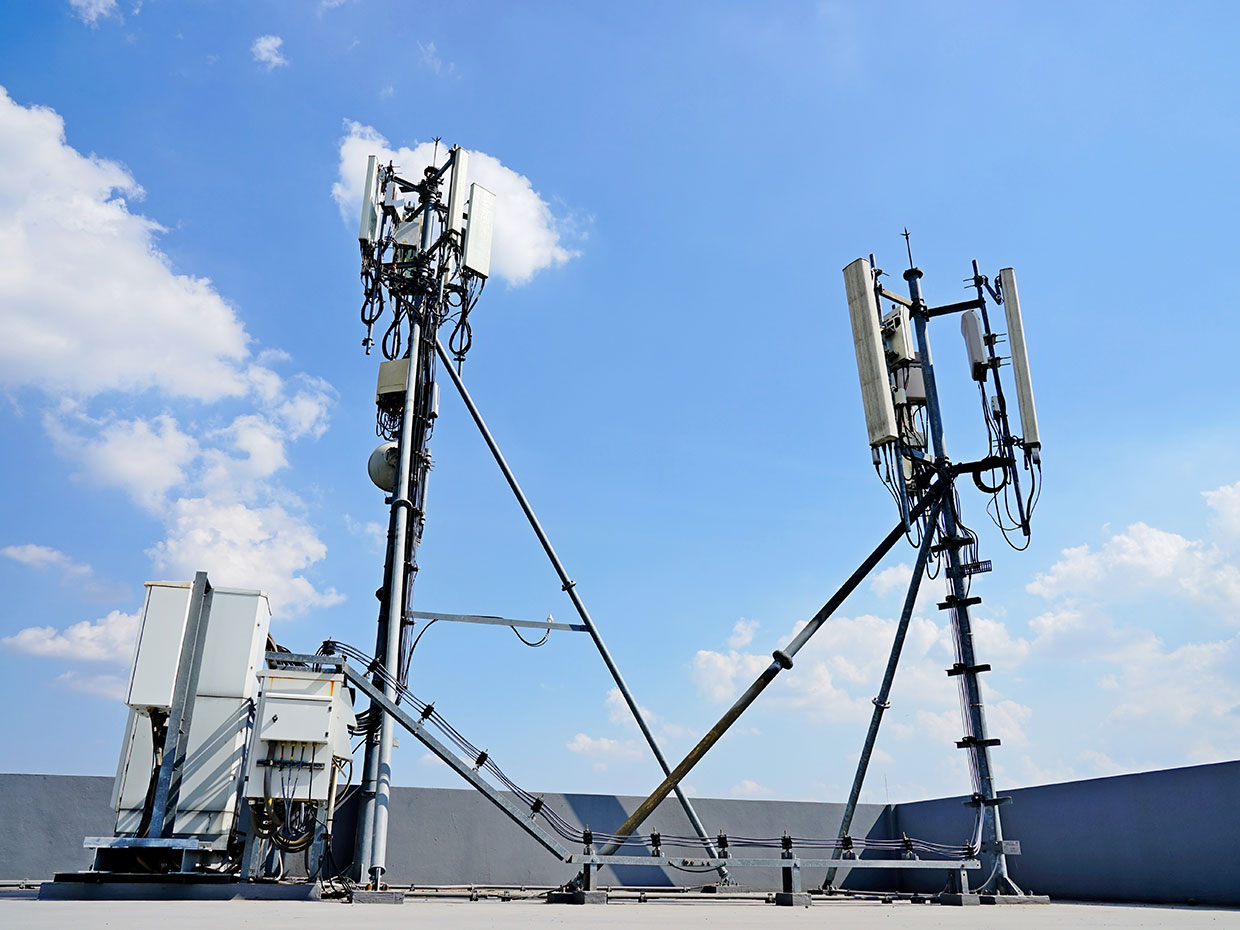If you've ever been through a town, you may have seen tiny cell towers for 5G on the poles of street lights. They appear like tiny boxes however, they're actually transmitting wireless signals from cell phone providers to your phone.
These smaller towers are replacing larger, purpose-built cell towers. Although they're not as visible but they can still cause problems for people.
The of the FCC's Radiation Exposure Thresholds
The FCC's Radiation Exposure Thresholds determine the maximum amount of time a person can be exposed to electromagnetic energy from wireless devices. The exposure limits are based on scientific data which show that the energy of RF could cause harm to health.
The specific absorption rate (SAR) is an indication of the radiofrequency energy that is absorption by tissues. It is typically 1.6 milliwatts per kilogram averaged over one gram of tissue.
Since 5g is able to transmit at higher frequencies and has the potential to create more energy on the skin and other directly-exposed body areas. This can lead to a wide range of potential harms, including exacerbated appearance of skin disorders like dermatitis, skin cancer and cataracts.
Because of the potentially severe effects of 5g radiation, PSU has chosen to establish a general, localized power density limit of 4 mW/cm2 measured on 1cm2, and not to exceed 30 minutes for the entire 5G spectrum at 3000 GHz. This localized limit is in accordance with the highest SAR that is spatially averaged at 1.6 W/kg averaged over 1 g of tissue at 6 GHz.

The FCC's Maximum Exposure Thresholds for Maximum Exposure
If you've ever used a cell phone, you're probably aware that the safest location from the tower should be at least 400 meters away. safe distance to live from cell phone tower is because the power of the transmission of cell towers increases drastically the farther you are from it.
While this sounds like an ideal idea however, people who live close to towers might be more prone to health issues. For example, a study from 2014 in India discovered that people who lived within 50m of cell towers experienced significantly more health complaints than those who lived farther distance from them.
This study revealed that those who relocated into areas farther away from the cell towers saw their symptoms return to normal within a few days. Other studies have revealed that exposure to high frequencies of radiofrequency electromagnetic fields (EMFs) can cause cancer, brain tumors and other health issues.
This is due to the fact that RF radiation, which is used in wireless communication, can penetrate the human body's outer layer, the skin. This is vital to be aware of since the skin functions as a protective barrier against injury to the body, infection by pathogenic microorganisms, and the entry of harmful substances. The skin is the biggest organ in the human body and is accountable for protecting other organs.
The FCC's Minimum Exposure Thresholds for the Minimum Exposure
The FCC's Minimum Exposure Thresholds rely on many assumptions that aren't supported by evidence from science. These include the erroneous assumption that short-term exposures to RF radiation are safe due to the limited absorption into body (i.e. thermal heating of tissue).
This assumption does not take into account the deeper penetration of the ELF elements of modulated radio signals as well as the effects on the body of short bursts from pulsed RF waves. safe distance to live from cell phone tower are not in line with current understanding of the biological effects of RF radiation. As such what is a safe distance from a cell tower shouldn't be relied upon for health-protection exposure standards.
In addition to that, ICNIRP and FCC are limiting its maximum levels of radiation exposure for local peak SARs, based on the peak frequency of absorption (psSAR) that is not a sufficient dosimetric tool for determining the level of exposure to radiofrequency radiation. Particularly, psSAR is inaccurate for frequencies that exceed 6 GHz. Additionally, psSAR hasn't been evaluated for RF radiation that is exposed to other environmental agents such like sunlight. Interactions of RF radiation with other environmental agents may cause synergistic or antagonistic effects. This can lead to an increased risk of adverse health adverse effects. For instance, exposure to RF radiation with sunlight may cause an increase in the incidence of skin cancer and exacerbate other skin disorders, such as acne.
